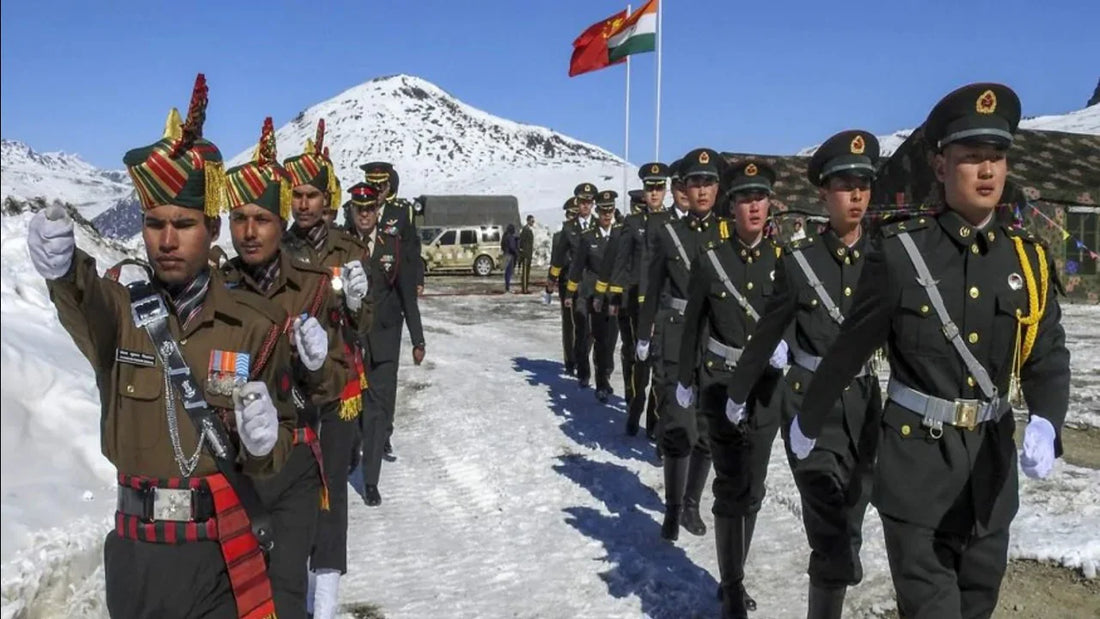Indian Army Emphasizes Continued High Alert on LAC Amid Ongoing India-China Talks

Senior officials from the Indian Army have emphasized the critical need to maintain a "high alert" status along the Line of Actual Control (LAC) amid ongoing efforts for potential de-escalation between India and China in eastern Ladakh.
The officers noted that although Beijing has expressed willingness to engage in discussions regarding the "principles and modalities" of a drawdown during a visit by Chinese Foreign Minister Wang Yi this week, the People's Liberation Army (PLA) has already set up robust infrastructure. This setup enables its troops to swiftly reoccupy forward positions.
“China has constructed roads, bridges, tunnels, and permanent settlements across the LAC from Ladakh to Arunachal Pradesh. Their forces are capable of withdrawing 100–150 km and can return to forward positions within a matter of hours. Our mobilization capabilities do not match theirs,” a senior Army officer told Times of India.
Despite both nations pulling back from conflict points such as Depsang and Demchok since October, significant forward deployments remain in place. Several PLA brigades, each consisting of 4,500–5,000 troops, are stationed near the border, equipped with tanks, artillery, armored vehicles, and missile systems.
India's immediate priority is to restore its patrolling rights in "no-patrol buffer zones" that were established during previous disengagement rounds until September 2022. These zones, spanning 3 km to 10 km across areas like Galwan, Pangong Tso’s north bank, Kailash Range, and parts of Gogra-Hot Springs, were intended as temporary measures but remain unresolved.
In addition, the two countries have agreed to set up new "general-level mechanisms" in the eastern and middle sectors—encompassing Arunachal Pradesh, Sikkim, Uttarakhand, and Himachal Pradesh—to support ongoing discussions between India’s 14 Corps and China’s South Xinjiang Military District in Ladakh.
Army officials reiterated that despite diplomatic progress, India cannot afford to relax its vigilance. “While there is no disruption in coordinated patrolling at disengaged sites,” an officer stated, “the PLA’s infrastructure and readiness necessitate unwavering vigilance.”



















